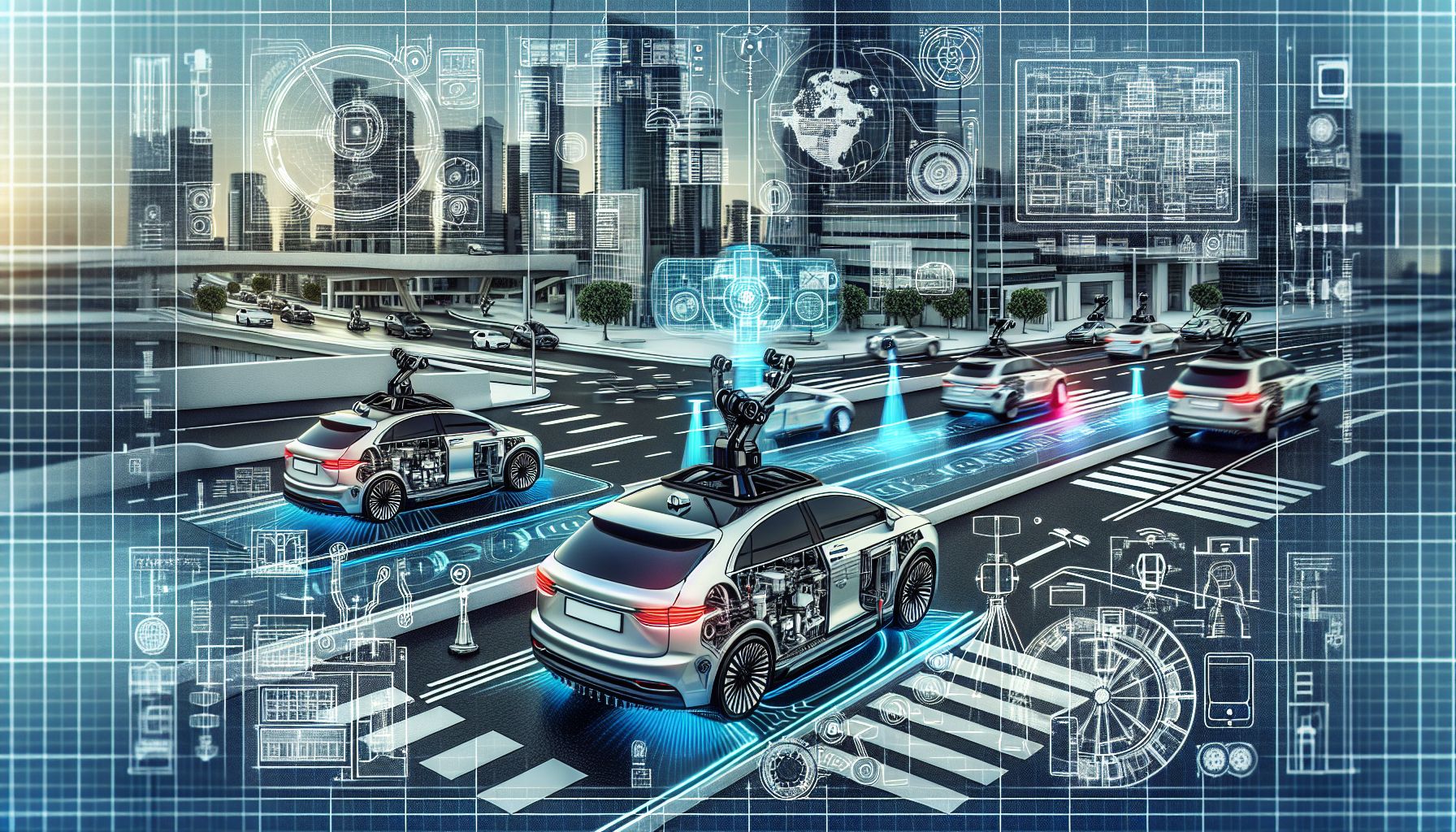📌 Let’s explore the topic in depth and see what insights we can uncover.
⚡ “Have you ever wondered how your car could potentially become your own personal chauffeur? Well, welcome to the future of transportation where self-driving vehicles are rewriting the rules of the road!”
Ever wondered what the future of transportation looks like? Or better still, have you ever imagined a world where vehicles drive themselves, making human intervention almost unnecessary? Well, that future is here, and it’s called autonomous transportation. This exciting new field of technology is revolutionizing the way we think about mobility and transportation, promising safer roads, less traffic, and more efficient transport systems. But what exactly goes into the engineering of these self-driving vehicles? How do they work, and what technologies do they employ? Let’s buckle up, hit the road, and explore the fascinating world of autonomous vehicle engineering.
🎯 What is Autonomous Transportation?

Engineering Magic: The Brains Behind Autonomous Vehicles
Autonomous transportation refers to the use of self-driving or driverless vehicles that can navigate without human intervention. This technology is like having a virtual chauffeur at your service, ready to take you wherever you want to go. But unlike your average chauffeur, this one never gets tired, distracted, or angry, making it potentially much safer and more efficient.
🚗 The Engineering Marvel Behind Self-Driving Vehicles
Self-driving vehicles are like a symphony orchestra where different instruments (or technologies, in this case) come together to create a harmonious performance. Let’s break down the composition:
🧩 The Brain: Artificial Intelligence and Machine Learning
The brain behind the autonomous vehicle is a complex system powered by Artificial Intelligence (AI) and Machine Learning (ML). These technologies allow the vehicle to make decisions, react to situations, and learn from its environment, much like a human driver would. AI and ML are like the maestro conducting the orchestra, ensuring each component is perfectly in sync and adapting the performance based on the audience’s reaction (in this case, the road conditions).
📡 The Eyes: Sensors and Cameras
A self-driving vehicle needs to see the world around it. For this, it uses a combination of sensors and cameras that work together to perceive the environment. These mechanisms are the vehicle’s eyes, continuously scanning the surroundings for obstacles, reading road signs, and detecting lane markings. It’s like having 360-degree vision, giving the vehicle an eagle-eye view of its surroundings.
🧠 The Central Nervous System: LIDAR and RADAR
LIDAR (Light Detection and Ranging) and RADAR (Radio Detection and Ranging) are the central nervous system of a self-driving vehicle. They measure distances by illuminating a target and analyzing the reflected light or radio waves. Imagine LIDAR and RADAR as the vehicle’s superpowers, allowing it to see through fog, darkness, and other adverse conditions where human vision might falter.
🔄 The Communication Hub: Vehicle-to-Everything (V2X) Connectivity
V2X is the technology that allows the vehicle to communicate with everything around it, including other vehicles, infrastructure, and even pedestrians. This communication hub is like the vehicle’s mobile phone, keeping it connected at all times and ensuring a smooth, safe journey.
🚀 What Does the Future Hold for Autonomous Transportation?
The integration of autonomous vehicles into our transportation system is just around the corner. Think of it as upgrading from a bicycle to a rocket ship – the possibilities are endless! We could see the emergence of robotaxi services, where self-driving cars pick up and drop off passengers throughout the city. Or perhaps self-driving trucks delivering goods across the country while reducing costs and increasing efficiency. And let’s not forget about autonomous buses and shuttles, which could revolutionize public transportation. However, the journey to full autonomy isn’t without its speed bumps. 📎 You’ll find that still many challenges to overcome, including legal and ethical issues, technological limitations, and public acceptance. But with continuous advancements in technology and growing interest from industries and governments worldwide, the road to autonomous transportation is looking brighter than ever.
🧭 Conclusion
Autonomous transportation is an exciting frontier in the world of technology. From the intricate engineering behind these self-driving vehicles to the promising future they hold, it’s clear that this technology has the potential to transform our lives. As we continue to explore this brave new world of autonomous vehicles, who knows what innovations we may see in the years to come? Maybe one day, we’ll be looking back at the era of human-driven cars as a quaint relic of the past. For now, let’s enjoy the ride and marvel at the technological wonders that autonomous transportation brings to the road.
📡 The future is unfolding — don’t miss what’s next!
